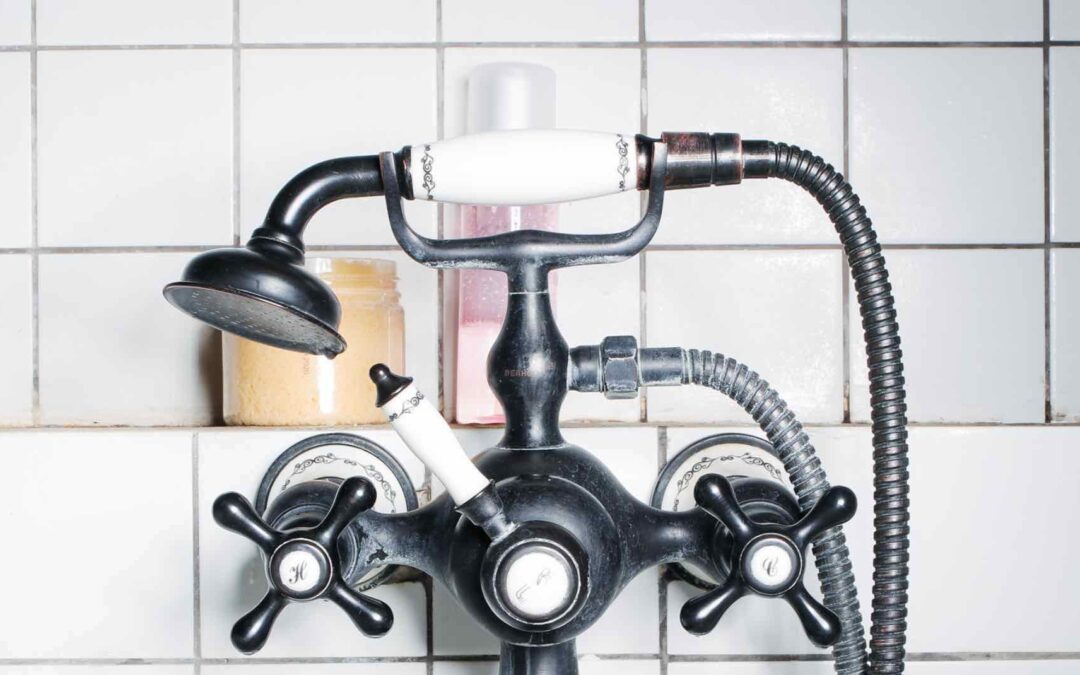There can be many reasons why toilets back up and drains clog. Other than grease buildup in drain lines and hair clogging traps.
What material can I use to make my drainpipes
What are the historical roots of drainpipe materials?
Cast iron pipes were used to run water lines to homes built before 1980. Drain-lines that ran from the house into the main city sewers were usually made of clay or Terracotta. In the immediate post-WWII era, orange burg pipes were very popular. This pipe is made from bituminized fiber.
Cast Iron Sewer Pipe Issues
How were cast iron pipes installed?
Different sections of pipe were joined at the beginning with oakum or lead. Each gap was filled with molten lead to create a watertight seal.
These rubber gaskets were eventually replaced with “compression gazkets”, rubber gaskets made out of donut shapes. These rubber couplings, made from PVC, were used to connect the pipes with stainless steel clamps.
How can a cast iron drainpipe be damaged?
Cast iron can be very heavy and stiff. Cast iron drain pipes can be easily damaged by soil movement. However, soil movement could cause cracks in the joints. Leakage can cause tree roots to grow around the pipes. Roots may eventually block pipes. This is a maintenance problem that will continue until new piping is put in.
What is the role of “bellies?” in cast iron sewer system
Water can flow unevenly around joints if cast iron isn’t installed properly, or if there has been significant ground shifting. They won’t cause any immediate issues, but they can become more problematic over time. It all depends on how old the system is, how frequently it is used, as well as the severity of the belly.
Do cast iron drain pipes corrode?
Cast iron pipes are prone to deteriorate. Our experience has shown that cast iron pipes older than the 1980s or 1990s are more resistant than their counterparts.
Rust will occur regardless of how old the pipe is. The natural oxidation of water can be accelerated by strong cleaning agents or detergents.
Do cast iron drain pipes clog?
Cast iron sewers older then 50 years are more likely to clog because of their rough surface. Grease and particulates can buildup in pipes well before they become fully deteriorated.
This problem can be exacerbated if water-saving fixtures are installed in homes as part of renovations or upgrades. They flush effectively and clean the bowl well, but don’t have enough water for transporting waste from the cast iron pipe to the municipal network.
How can a cast-iron pipe made of rough material cleaned?
Cast-iron pipes can be cleaned as long as the interior surface hasn’t been damaged or deteriorated. Once the flow has been restored, a jetting or chain machine will then be used. After it is broken up, the pipe will be flushed down its drain.
How do I replace my cast iron drain system? Cast iron can be repaired.
Cast-iron pipes are more susceptible than others to problems with age. Cast-iron pipes can be modified to accommodate new PVC with rubber reinforced couplings.

